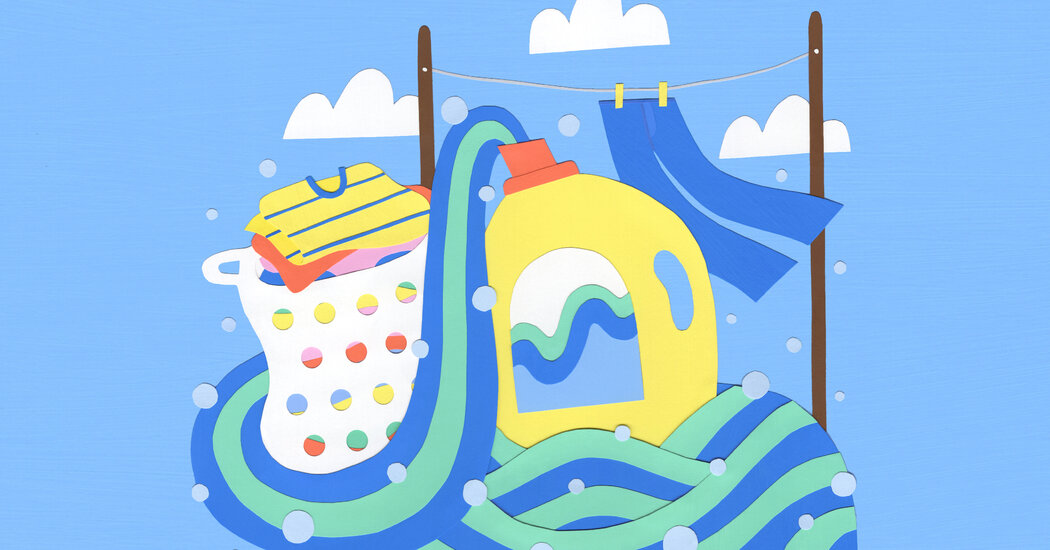Your favorite laundry detergent sends stains and smells packing. But where do those suds go once your clothes are clean?
Most wastewater treatment systems were built to extract just what “we flush down the toilet” before the treated water is released back into the world, said Karl Linden, a professor of environmental engineering at the University of Colorado Boulder who specializes in wastewater treatment technologies.
Unfortunately, that doesn’t include the chemical additives of modern life.
Treatment plants generally rely on a cocktail of microbes to gobble up anything dissolved in water, but certain substances, including surfactants, the chemicals that dislodge the grease and grime from your clothes, can be tough for the standard workhorse bacteria to consume.
Unless your treatment plant has invested in expensive systems beyond what’s required by law, the remnants of your detergent are probably still present when the treated wastewater is released.
“These substances can end up in the sea, river, lakes, etc., where the effluent from wastewater treatment plants ends up,” said Dunia Santiago, a chemical engineer at the University of Las Palmas de Gran Canaria in Spain who studies how detergents move through wastewater systems.
Some of them don’t break down easily in nature and, over time, can build up to levels that are harmful to wildlife, Dr. Santiago said.
